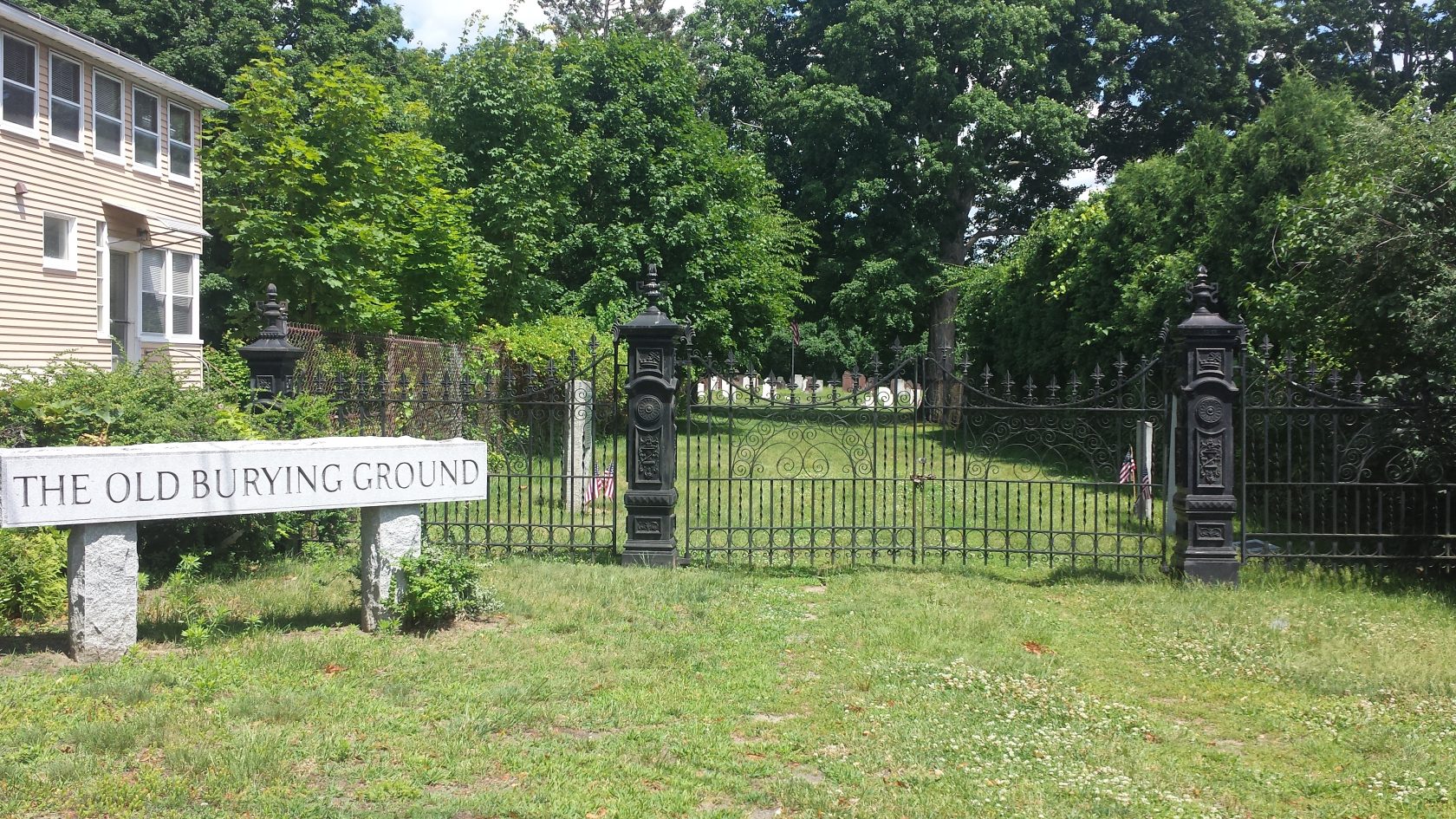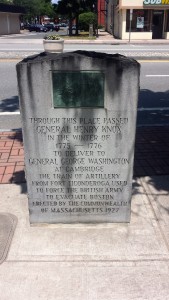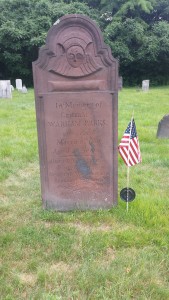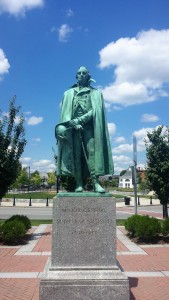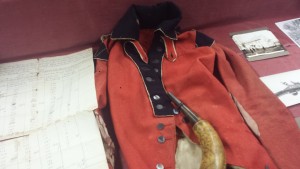WESTFIELD–It may not seem it, but Westfield was quite the place for freedom fighters during the Revolutionary War.
Westfield was home to several important members in the fight for American Independence, and the people here were crucial in many aspects of the Revolutionary War. Additionally, some actions that took place in Westfield helped impact the war, as well.
In fact, Westfield had its part in one of the most pivotal moments in the Revolutionary War–Evacuation Day.
Henry Knox, noted American military officer, seized several cannons at Fort Ticonderoga from the British, during the winter of 1775. Knowing that the city of Boston was in grave danger and under the orders of Gen. Washington to assist, Knox proceeded to march the cannons from Fort Ticonderoga, located on Lake Champlain in New York, through most of Massachusetts on ice- and snow-laden roads, and arrived in Boston in Jan. 1776. This trek makes up the modern-day Henry Knox Trail, with one of the markers adorning Westfield on Main Street in front of The Tavern.
“With those cannons they were able to run off the British, which is why Boston celebrates Evacuation Day,” Cindy Gaylord, Chairperson for Westfield Historical Commission, said. “It’s quite celebrated and he cut right through the center of Westfield.”
But Knox wasn’t the only man to travel from Westfield to Boston to help out the colonists.
According to Gaylord, General Warham Parks led the Minutemen from Westfield to Bunker Hill in Boston. Before Knox made his trek through the area, Parks led his forces to Bunker Hill in June 1775, during the early part of what is known as the “Boston Siege.” The march in June though, was actually Parks’ second attempt at reaching Bunker Hill.
“Our Minutemen didn’t get to Bunker Hill in time,” Gaylord said. “But later in June they got there in time to participate there.”
Accompanying Parks on the march to Bunker Hill were two more well-known Westfield residents–Richard Falley, Jr., and his son Frederick Falley. Both Falley and his son–who was 14 at the time of the march–went with Parks to the Battle of Bunker Hill. The younger Falley served as a drummer, while his father served as a soldier. Both survived the battle.
Gaylord said that Falley had become known in the area for his secret armory on the north side of Tekoa Mountain. She said that the secret armory housed many Falley rifles, which were used during the Revolutionary War by the colonists. According to Gaylord, then-General George Washington–who was supposedly close to both Parks and the elder Falley–requested that Falley produce 1,000 rifles for troops to use.
But perhaps even more important to Gen. Washington was another former Westfield Resident, General William Shepard.
“Supposedly, according to Westfield folklore, he was Washington’s right hand man,” Gaylord said of Shepard.
She said that Shepard served at Valley Forge, noted Continental camp in southeastern Pa., alongside Washington and several other notable colonists, helping to lead the Mass. regiment at the camp. Additionally, Gaylord said that Shepard fought in 22 different battles during the Revolutionary War, at one point getting seriously wounded from a gunshot to the neck, but was able to survive and eventually became a Massachusetts state representative in the U.S. House.
Shepard was also reportedly part of the Committees of Correspondence, a group of pre-Revolutionary War colonists who communicated through secret letters to help keep the colonies informed during the increasingly tense situation between America and Great Britain.
These are just some of the people that influenced the American Revolution from Westfield. For a complete list of residents who participated in the Revolutionary War, go to the Old Bury Ground on Mechanic Street and check out the list near the front gate. In the Old Burying Grounds you will also find several graves of colonists and other historical figures, including Gen. Parks and Gen. Shepard.
Additionally, there are many pieces of war and colonial memorabilia–including a British uniform from the Revolutionary War–located at the Westfield Athenaeum Historical
Museum. Days and hours of operation are Wednesdays 3 p.m. to 6 p.m., Thursdays p.m. to 3 p.m. and Saturdays 10 a.m. to 1 p.m.
Or you could march along the informal Westfield Freedom Trail, guided by two scavenger hunts created by Gaylord for the Westfield Historical Commission. To find copies of the Westfield Freedom Trail scavenger hunts, go to The Westfield News online and search “scavenger hunt.” The two hunts will be available free-of-charge. Answers will be provided to both hunts in our print edition soon.

